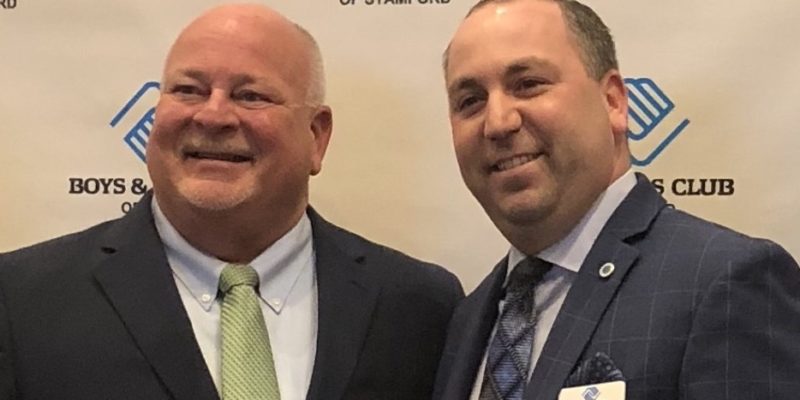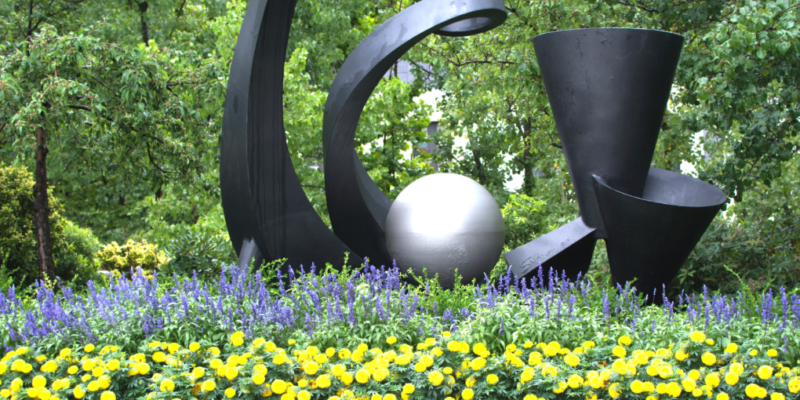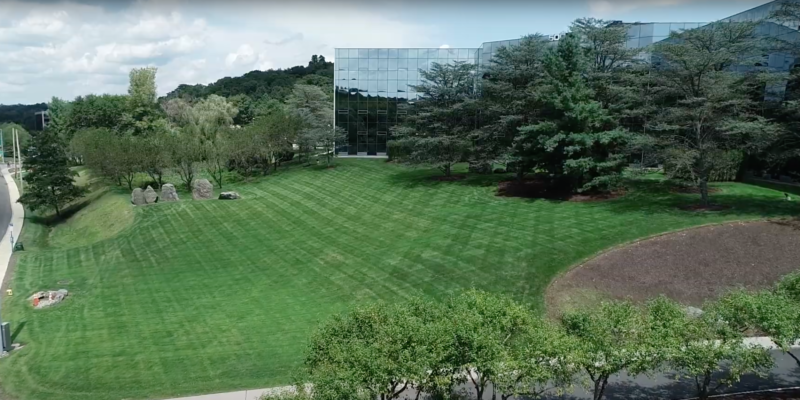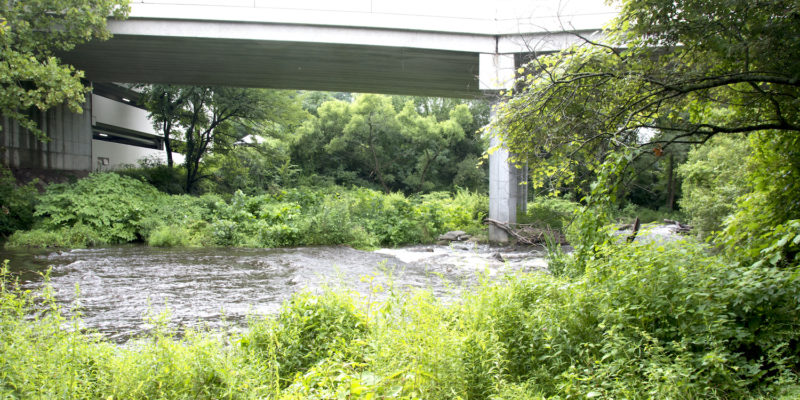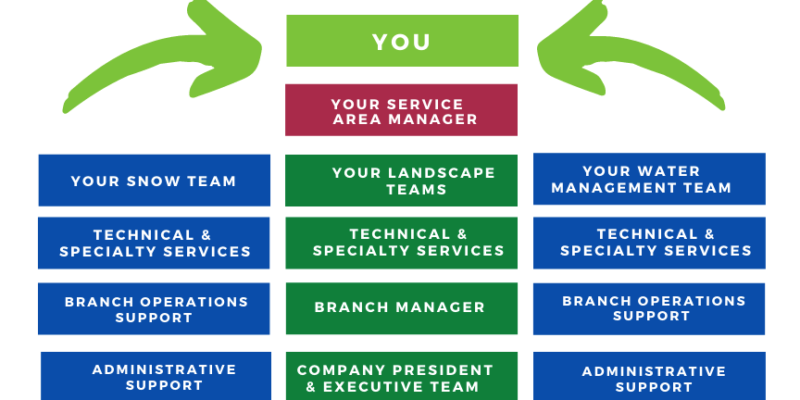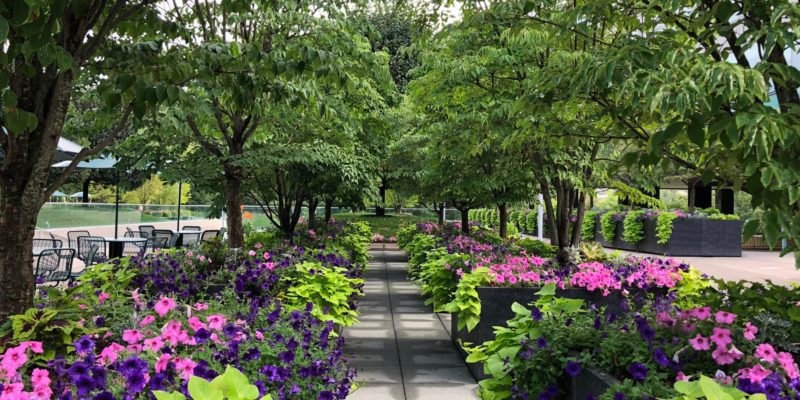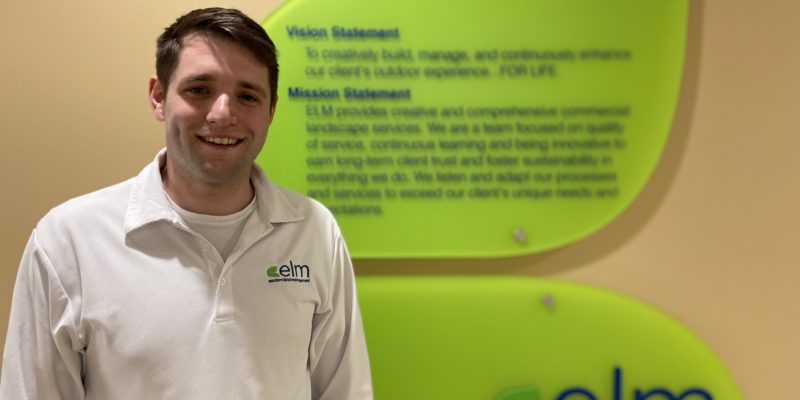“Every decade has its detours,” says ELM founder and landscape industry legend, Bruce Moore Sr. “From good times to lean times, we learned to adapt. The pandemic, and a fire we had a few years ago that wiped out our archives, was nearly just another day at the office,” he added with the wisdom born of time and persistence, and a willingness to work very hard at what he loved.
ELM recently celebrated its 45th year in business and Bruce Sr. says, “agility is our middle name.” Like a lot of entrepreneurs, Bruce Sr. had a broad focus starting out and discovered his survival kit along the way.
“Adaptability became our strong suit,” he said, “as the only thing that was constant in those days was change. We were good at keeping customers and building relationships, and it was the relationships that kept us in business.”
Fast forward to 2021, and it’s clear that relationships continue to drive the company’s collective success. Not only does ELM still have some of its original – going on four-decade relationships, but the company’s service quality and consistency keeps its customer retention at nearly 95%. Which, given quarantines and confinements, and a chronology of unprecedented events that unfolded in real time, is a remarkable lesson for business leaders.
Today, ELM is proud to have had the foresight to invest in developing a high performing team. “Even in the midst of turbulence, we’ve always had an ‘all for one, one for all’ spirit,” says Bruce Sr. “We were lucky then – and we’re lucky now – that we built a company of trust and ideas, so when push came to shove, we could improvise quickly and push through together.”
The result is impressive. ELM reaches across Connecticut with a multi-branch operation and an engaging workforce where team members trust the people they work with and are willing to collaborate on the next big thing.
As it turns out, team spirit is critical to the firm’s ability to pivot. “I credit Bruce Jr. for embracing uncertainty and inspiring ELM to adapt to new normal realities,” says the proud father of the firm’s next generation leader who is ushering in new, innovative ideas, green technologies, and concepts for growth.
ELM mandates contingency planning as part of its operational strategy and the ability to switch gears is built into its culture.
“Working in the New England snow belt, we’re already aligned with the fluctuations of nature. We expect the weather to change. We plan for plant life cycles and seasons and weather events, and are always assessing risk and economies of scale. If you know anything about nature, even with technology forecasting, she can be imprecise. So, we have to be on our toes and proactive. Just like getting out in front of change in business, nature demands a fast and super-flexible response. Our training to do that well has become our value-add,” said Bruce Jr.
For more than four decades, ELM has kept the company going with its integrity and an ‘all hands on deck’ spirit at the helm. With the firm’s half-century mark on the horizon, ELM continues to think beyond what’s possible.
“Creating a new future for what we do, without compromising what made us who we are, is our new leadership imperative.”
Over the next few months, ELM will be rolling out its legacy for the future. “With the health crisis more or less behind us, and enthusiasm for revitalized landscapes in all its forms – parks, open spaces, habitats, green roofs, and amenity zones – benefitting from a pent-up demand for being outside, we don’t want to lose sight of what made us great. Because what brought us here, will take us forward,” said Bruce Jr.
What inspired ELM back in the day – the solid relationships, the decision-making that helped the company think through challenge, and the firm’s strong commitment to people and community – that, and the high value support from all levels of its team, that’s the advantage ELM says they will always bring to the table.
Eastern Land Management was founded in Connecticut in 1976 by Bruce T. Moore Sr. Under the leadership of its president Bruce T. Moore Jr., ELM is one of the northeast region’s leading provider of commercial landscape, water management and snow services.
Bruce Moore Jr. is an active member of the National Association of Landscape Professionals, the Snow and Ice Management Association, Southern Connecticut BOMA, Bridgeport Economic Development Council, a member of the board of directors for the Fairfield County House, and a former long-time member of the board of the Stamford Boys & Girls Club. As a team and company, ELM is a committed corporate citizen and community partner, and shares time and resources to support organizations and people in need.
For its efforts in advanced water management and resource conservation, ELM was honored in 2019 with the Fairfield County ChangeMaker Award for Sustainability.
To learn more, go to: www.easternland.com or contact ELM President, Bruce Moore Jr., at (203) 316-5433.

